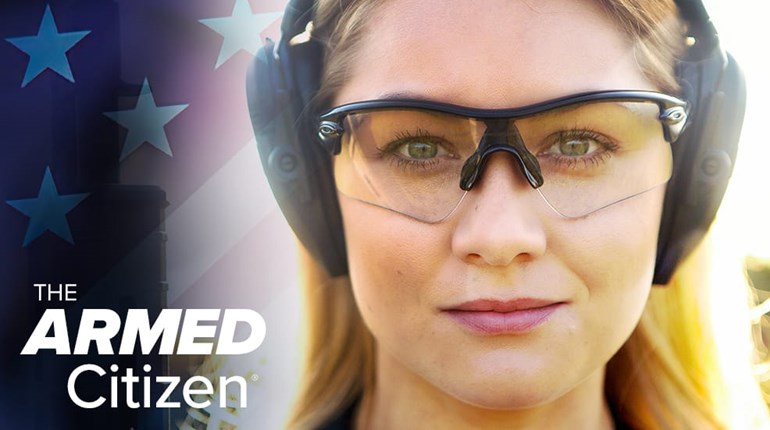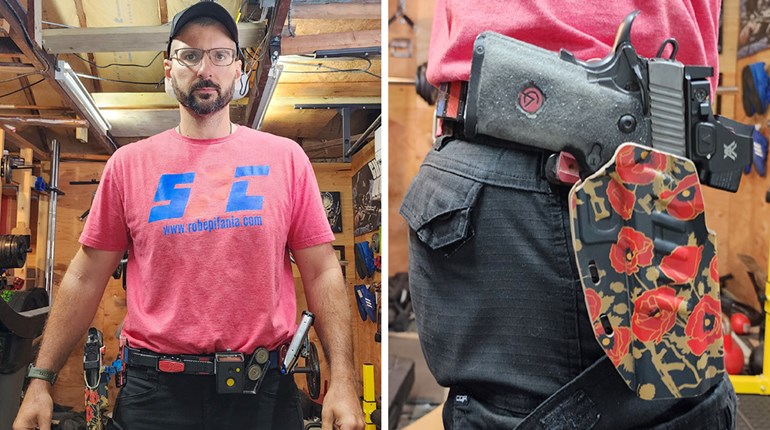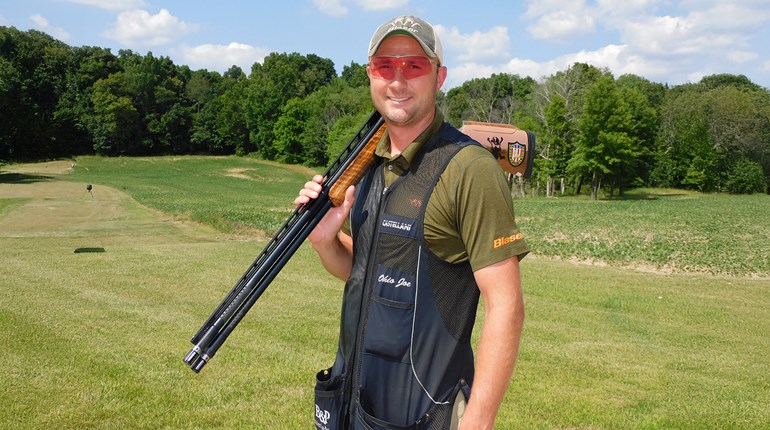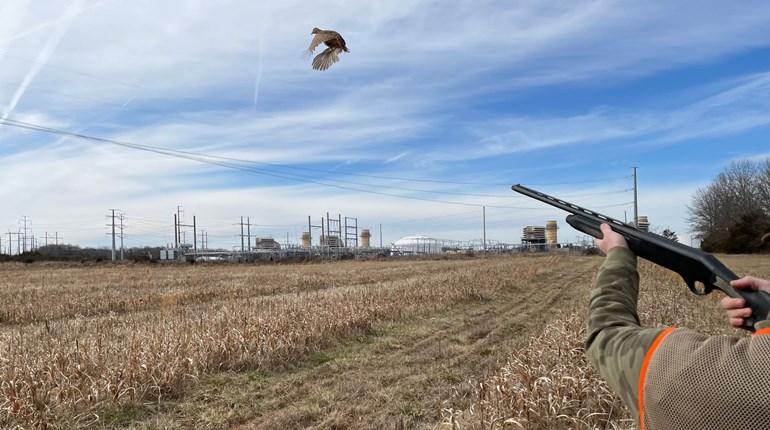
Above image depicts Federal Premium's Hydra-Shok Deep Ammo.
In this installment of our series on the science of ballistics, we'll discuss the facts behind the decisions you'll need to make to choose the right self-defense ammunition. For our purposes today, we'll cover handgun ammunition fired from a pistol or a revolver. The fact that handguns are easy to store, easy to carry with you and handy to use makes them a popular choice for self-defense. The ballistic goal in self-defensive circumstances is to cause incapacitation of the attacker as quickly as possible, with "instant incapacitation" being the ideal. In such circumstances, "incapacitation" is taken to mean that, given a fair hit, the bullet's strike causes the assailant to immediately stop all aggressive action.
To cause instant incapacitation, the ideal self-defense bullet must have design characteristics balancing these factors:
Virtually all contemporary self-defense ammunition makes use of jacketed hollowpoint or soft-point bullets with a lead-alloy core and a copper-alloy jacket. These bullets have been designed to expand rapidly and reliably over a wide range of striking velocities.
But what caliber is best for self-defense ammunition? Most experts who have studied this question respond by stating that the .380 ACP is the smallest-caliber cartridge that should be relied upon for personal defense. And there is disagreement on this caliber, with some experts condemning it as too weak. Still, there is nearly universal agreement that more powerful and larger calibers are good choices, such as: 9mm Luger (aka 9X19mm Parabellum), .38 Super Auto, .38 Spl. +P, .357 Mag.,
.357 SIG, .40 S&W Auto, 10mm Auto, .41 Mag., .44 Spl., .44-40 Win., .45 ACP and .45 Colt.
Then there are the magnum calibers. While they certainly can be used for self-defense, they produce significant recoil. These calibers include: .44 Mag., .45 Win. Mag., .454 Casull, .460 S&W, .475 Linebaugh, .480 Ruger, .50 AE and .500 S&W.
Despite the considerable research done in the field of wound ballistics, experts continue to disagree on one key area. The controversy is between those who favor heavy, slow, large-caliber bullets that penetrate deeply and produce a large permanent wound track, and those who favor lighter, high-velocity, smaller-caliber bullets that produce a sizable temporary cavity and a smaller permanent wound track. As bullet kinetic energy is a widely accepted standard used to compare the power of various cartridges, this controversy continues with data and experience to support the claims of both sides.
In this installment of our series on the science of ballistics, we'll discuss the facts behind the decisions you'll need to make to choose the right self-defense ammunition. For our purposes today, we'll cover handgun ammunition fired from a pistol or a revolver. The fact that handguns are easy to store, easy to carry with you and handy to use makes them a popular choice for self-defense. The ballistic goal in self-defensive circumstances is to cause incapacitation of the attacker as quickly as possible, with "instant incapacitation" being the ideal. In such circumstances, "incapacitation" is taken to mean that, given a fair hit, the bullet's strike causes the assailant to immediately stop all aggressive action.
To cause instant incapacitation, the ideal self-defense bullet must have design characteristics balancing these factors:
- The bullet must reliably expand to approximately double original diameter to transfer as much energy as possible and create the largest possible permanent wound cavity inside the perpetrator.
- Total penetration is ideally about 8 to 12 inches, with no overpenetration or exit.
- The expanding bullet should not disintegrate, and should maintain at least 90 percent of its original weight.
- Bullet expansion must not be adversely affected by clothing penetrated before impact with the body.
- Accuracy must be sufficient to enable the center of a silhouette target to be hit every time at a distance of 7 yards.
- Propellant should be low-flash, to avoid blinding the shooter in low-light situations.
- Striking energy should be a minimum of 220 ft.-lbs., and 300 ft.-lbs. or greater is desirable.
- In case of a miss, the bullet should deform or disintegrate on contact with a hard surface to reduce or eliminate ricochets.
- In case of a miss, the bullet must travel the shortest possible distance to first impact with the ground and strike with the least possible remaining energy.
Virtually all contemporary self-defense ammunition makes use of jacketed hollowpoint or soft-point bullets with a lead-alloy core and a copper-alloy jacket. These bullets have been designed to expand rapidly and reliably over a wide range of striking velocities.
But what caliber is best for self-defense ammunition? Most experts who have studied this question respond by stating that the .380 ACP is the smallest-caliber cartridge that should be relied upon for personal defense. And there is disagreement on this caliber, with some experts condemning it as too weak. Still, there is nearly universal agreement that more powerful and larger calibers are good choices, such as: 9mm Luger (aka 9X19mm Parabellum), .38 Super Auto, .38 Spl. +P, .357 Mag.,
.357 SIG, .40 S&W Auto, 10mm Auto, .41 Mag., .44 Spl., .44-40 Win., .45 ACP and .45 Colt.
Then there are the magnum calibers. While they certainly can be used for self-defense, they produce significant recoil. These calibers include: .44 Mag., .45 Win. Mag., .454 Casull, .460 S&W, .475 Linebaugh, .480 Ruger, .50 AE and .500 S&W.
Despite the considerable research done in the field of wound ballistics, experts continue to disagree on one key area. The controversy is between those who favor heavy, slow, large-caliber bullets that penetrate deeply and produce a large permanent wound track, and those who favor lighter, high-velocity, smaller-caliber bullets that produce a sizable temporary cavity and a smaller permanent wound track. As bullet kinetic energy is a widely accepted standard used to compare the power of various cartridges, this controversy continues with data and experience to support the claims of both sides.







































